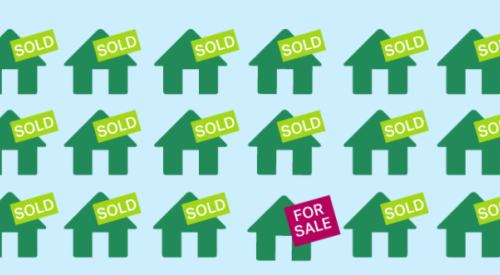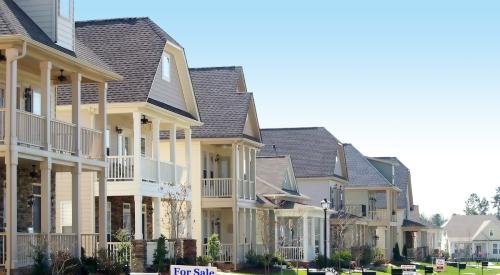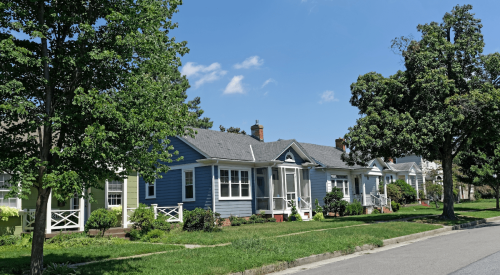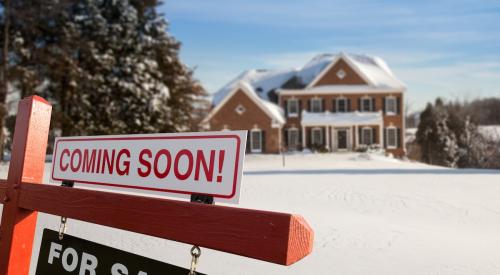High demand for affordable homes has pushed prices up faster than top-tier home values in the majority of markets, reports Zillow. Homes in the entry-level price segment of the market nationally have increased the fastest in value during the past year, but some markets are seeing the reverse. Nationwide, annual home value growth for homes in the bottom one-third of the market increased 9.8% last month while the highest priced tier of the market saw values increase 9.5%. Boise, Phoenix, and Spokane experienced the fastest annual growth for affordable homes.
Among a wider pool of the nation’s 100 largest markets, bottom-third home values grew the fastest year-over-year in February in Boise (27.2%), Phoenix (19.4%) & Spokane (18.4%). Rapid growth in the most-affordable segment of the market is not a particularly new phenomenon — these homes have long been in high demand from budget-conscious buyers, and it can be difficult for builders to profitably build in these segments, further restricting already-tight inventory. But a widening gap between annual growth in the top and bottom segments of the market is illustrative of the intense heat specific to the bottom of an already generally hot market — particularly in a handful of typically more-affordable Midwestern metros.
The spread of home value growth between the low-, middle-, and top-tier market segments is increasing in metros including Cleveland, Detroit and Indianapolis. For example, the bottom third of the market in Cleveland grew by 13.1% and the top third grew by 9.8% year-over-year in February, a gap of 3.3 percentage points. That gap has more than doubled in Cleveland — a year ago, in February 2020, the gap between top and bottom tiers was 1.6 percentage points (5.6% annual growth in the bottom tier, 4% at the top). This widening gap reflects a surge in demand for starter homes relative to top-tier homes — potentially related to, among other factors, first-time buyers taking advantage of historically low interest rates.













